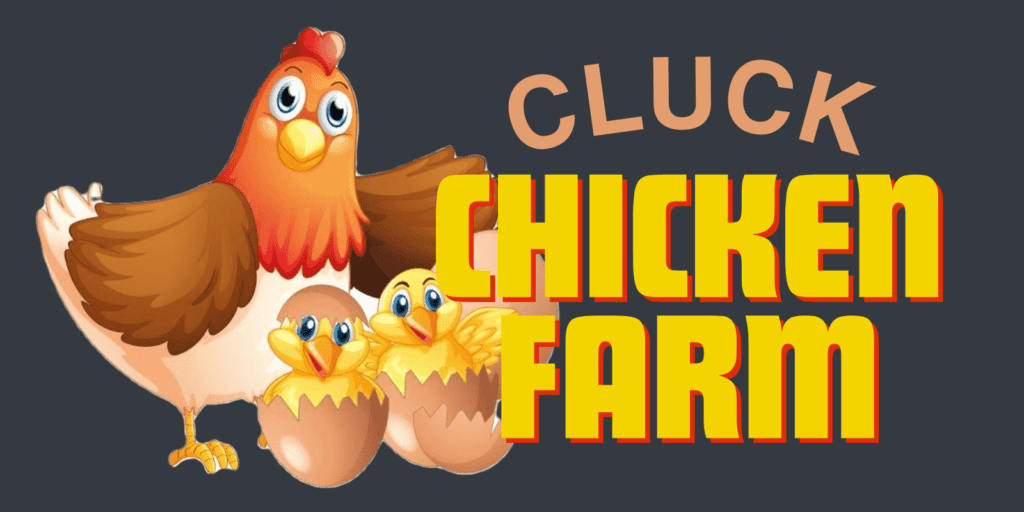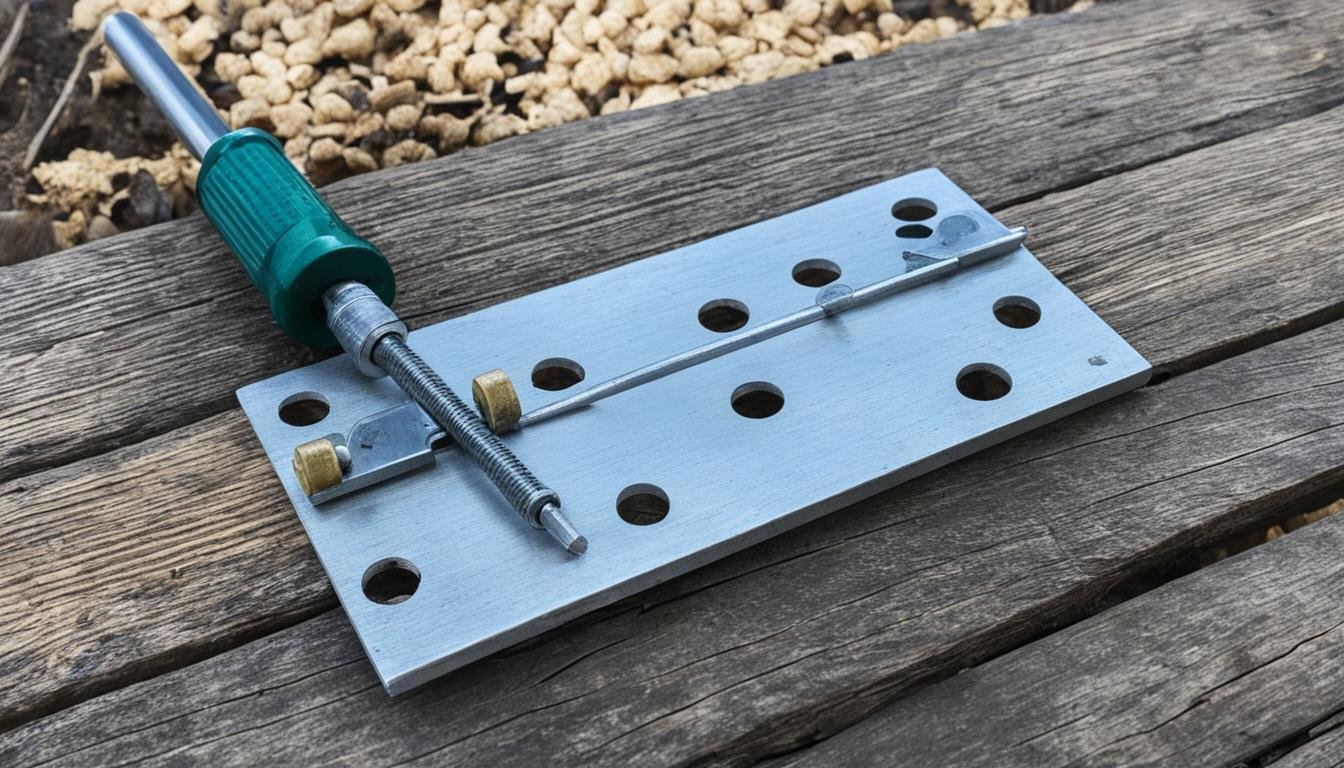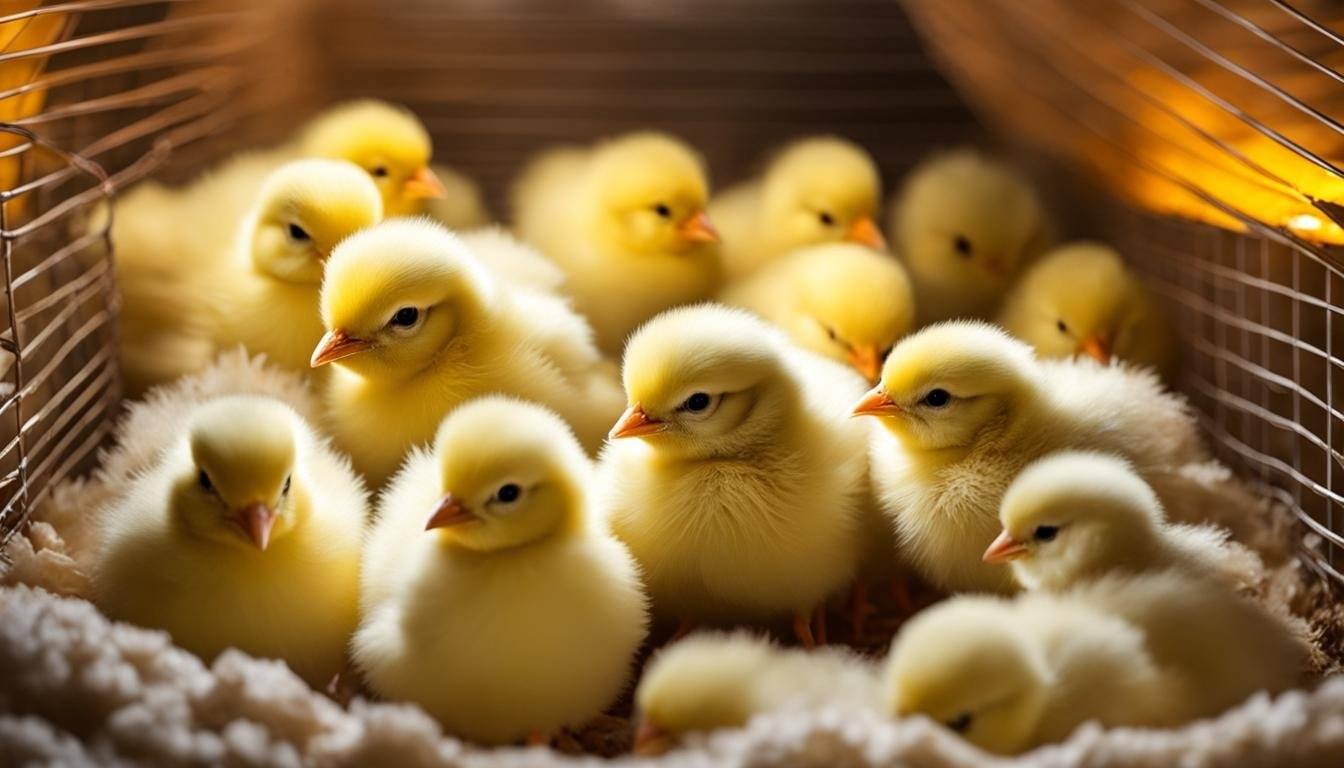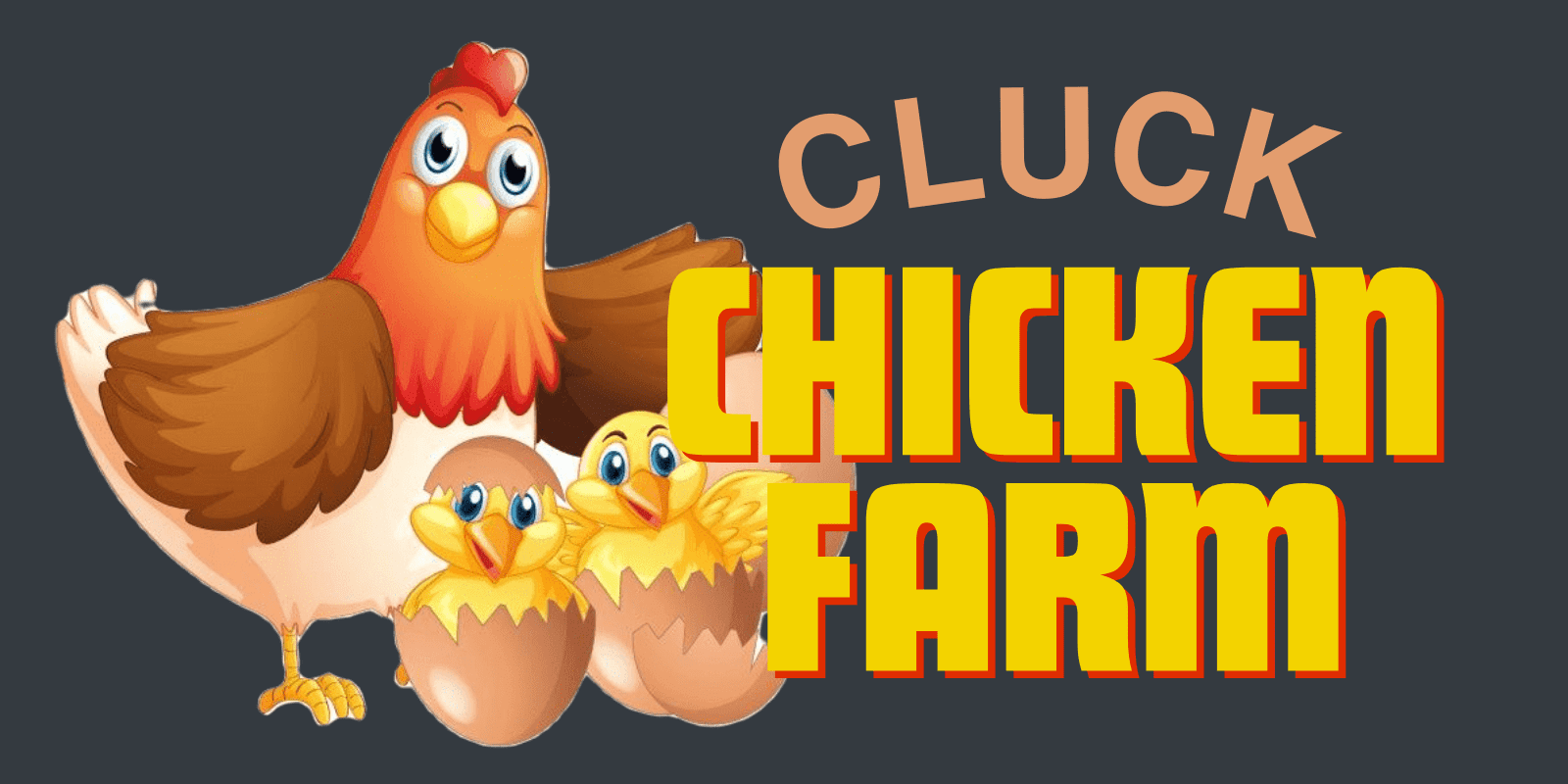Welcome to our comprehensive guide on how to euthanize chickens in a humane and respectful manner. In this article, we will provide you with expert advice and techniques on how to kill a chicken humanely, using methods that prioritize minimizing suffering and ensuring a peaceful transition for these birds. It is essential for animal owners to make decisions based on their values, ethics, and experience, and we are here to provide the knowledge and guidance you need.
One of the most commonly used methods for humane chicken euthanasia is cervical dislocation. This technique involves dislocating the joint at the base of the skull, causing the spinal cord to snap and the bird to lose consciousness. Another method is decapitation, which quickly and cleanly removes the head, resulting in unconsciousness and subsequent death. Both methods have been scientifically proven to be effective and humane when performed correctly.
Whether you are a backyard chicken keeper or involved in chicken slaughtering for meat, it is crucial to prioritize the welfare of these animals during their euthanasia. By following the instructions and advice provided by Dr. Mike Petrik, a veterinarian with expertise in animal welfare, you can ensure a quick and painless death for your chickens.
Continue reading to learn more about the cervical dislocation and decapitation methods, and acquire the knowledge and skills necessary to perform humane chicken euthanasia with confidence.
Cervical Dislocation Method for Euthanizing Chickens
Cervical dislocation is a humane method of euthanasia that can be done immediately after identifying that a chicken needs to be euthanized. This method is commonly used for ethical chicken killing and killing a chicken for meat in humane backyard chicken processing.
The process involves stretching the neck to dislocate the joint at the base of the skull, causing the spinal cord to snap and the bird to lose consciousness. To perform cervical dislocation, here are the recommended steps:
- Hold the chicken by the legs, providing stability and control.
- Grasp the head firmly, ensuring a secure grip.
- Push the head away from the body with force, creating the desired dislocation.
This method, when executed properly, results in the bird dying from a lack of oxygen to the brain. It is a quick and effective way to euthanize chickens in a humane manner.
Why Is Cervical Dislocation a Humane Method?
Cervical dislocation is considered a humane method of euthanizing chickens due to the following reasons:
- It results in quick loss of consciousness and subsequent death.
- The spinal cord snap ensures a lack of pain perception.
- It minimizes distress and suffering for the bird.
By following the correct technique, individuals can contribute to ethical chicken killing and ensure a compassionate approach towards killing a chicken for meat.
Decapitation Method for Euthanizing Chickens
When it comes to euthanizing chickens, decapitation is another humane and effective method that ensures minimal suffering. This method involves swiftly and cleanly removing the chicken’s head, leading to unconsciousness and subsequent death. Dr. Mike Petrik, a renowned veterinarian specializing in animal welfare, advises using a sharp blade and making the cut in one swift motion for the best results.
Decapitation is a quick and painless way to end the chicken’s life, providing a humane alternative to prolonged suffering.
It is crucial to ensure that the head is completely separated from the body for this method to be effective. By severing the spinal cord, the chicken loses consciousness immediately, minimizing any pain or distress. Dr. Petrik strongly advises against bleeding the chicken out after decapitation, as it can prolong the bird’s consciousness and is considered unacceptable.
Immediate separation of the head guarantees a quick and painless death for the chicken, fulfilling the goal of humane euthanasia.
Please note that decapitation should be performed with caution and precision to avoid any unnecessary suffering. By following Dr. Petrik’s instructions and using the right technique, decapitation can be a humane way to euthanize chickens with minimal suffering.
To illustrate this method visually, take a look at the image below:
Coping With the Reality of Pet Euthanasia
Pet euthanasia is a difficult decision that many pet owners have to make. It is a heartbreaking and challenging process that comes with a profound sense of grief and loss. It is important to acknowledge and validate these emotions as you navigate through this difficult time.
Veterinary professionals understand the unique and individual experience of pet loss. They are there to support you and provide guidance throughout the euthanasia process. It is essential to remember that grieving is a natural response to the loss of a beloved pet, and there is no right or wrong way to grieve.
When facing the reality of pet euthanasia, it is common for bereaved pet parents to feel unsure of how to act. The intensity of emotions can be overwhelming. However, it’s important to give yourself permission to be genuine and authentic during this time. Allow yourself to feel what you feel and express your emotions in your own way.
Remember that the loss of a pet is not just an event; it is the loss of a cherished companion who has been a part of your life and family. It is natural to experience a deep sense of grief and emptiness. Give yourself space and time to mourn the loss and honor the memory of your beloved pet.
If you find it helpful, consider seeking support from support groups, online forums, or counseling services specializing in pet bereavement. Connecting with others who have experienced a similar loss can provide comfort and understanding during this challenging time.
Dealing with grief after pet loss is a personal journey, and there is no timeline for healing. Be patient and compassionate with yourself as you navigate the grieving process. Take care of your emotional and physical well-being, and remember that it is okay to ask for help when needed.
Remember that you are not alone in this journey. Reach out for support, give yourself permission to grieve, and cherish the beautiful memories of your beloved companion.

| Strategy | Description |
|---|---|
| Allow Yourself to Grieve | Give yourself permission to feel and express your emotions. Allow yourself to cry, reminisce, and honor your pet’s memory. |
| Seek Support | Reach out to friends, family, support groups, or counseling services specializing in pet bereavement. Connecting with others who have experienced a similar loss can provide comfort and understanding. |
| Create a Memorial | Consider creating a memorial for your pet, such as a photo album, a memory box, or planting a tree in their honor. This can provide a tangible way to remember and honor their life. |
| Take Care of Yourself | Focus on self-care during this difficult time. Engage in activities that bring you joy and provide comfort. Take the time to rest, eat well, exercise, and practice relaxation techniques. |
| Consider Professional Help | If you find it challenging to cope with the grief, don’t hesitate to seek professional help. A therapist or counselor can provide support and guidance in navigating the grieving process. |
Setting Up the Appointment for the Euthanasia Procedure
When it comes to making the difficult decision of euthanizing a pet, scheduling the euthanasia appointment is an important step in ensuring a peaceful and respectful process. Pet owners have two options: they can choose to take their pet to a veterinary clinic or opt for in-home euthanasia services.
If you decide to take your pet to a veterinary clinic, it is crucial to communicate the purpose of the appointment to the veterinary staff. Clearly explain that you are scheduling a pet euthanasia appointment, as this will allow the clinic to allocate the necessary time and resources for the procedure. It is also advised to discuss the details of the euthanasia procedure in advance, so you have a clear understanding of what to expect.
On the other hand, in-home pet euthanasia provides a more comfortable and familiar environment for both the pet and the owner. This option allows you to say goodbye to your beloved companion in the comfort of your own home, surrounded by familiar sights and smells. In-home euthanasia services are typically provided by mobile veterinarians, who will travel to your residence at a scheduled time.
During the appointment, it is important to make arrangements for the handling of your pet’s remains. As a pet owner, you have the choice of burial or cremation. If you choose cremation, you may have options for individual or communal cremation. Individual cremation ensures that your pet’s ashes are returned to you, while communal cremation involves multiple pets being cremated together. Take the time to consider your preferences and make these decisions ahead of time, so you can communicate them to the veterinary staff or arrange for a cremation service.
Remember, setting up the euthanasia appointment requires open communication, clear expectations, and consideration for your pet’s comfort and dignity. By making the necessary arrangements in advance, you can ensure that the euthanasia process is carried out with compassion and respect.

Conclusion
Saying goodbye to a beloved pet is always a difficult and emotional experience. Throughout this guide, we have emphasized the importance of making the decision that is best for your pet’s welfare when it comes to euthanasia. While the process itself can be painful for pet owners, it is essential to remember that euthanasia is a humane and peaceful way to end your pet’s suffering.
During this challenging time, it is vital to allow yourself to grieve the loss of your companion. Remember that the love and care you provided for your pet throughout their life have made them truly special. Take the time you need to remember them, honor their memory, and heal from your loss.
We understand that the decision to say goodbye to your beloved companion is never easy, but by choosing euthanasia, you are making a compassionate choice to prevent further suffering. Reach out to others who have experienced pet loss, seek support from friends, family, or professional resources, and remember that you are not alone. Saying goodbye is a testament to the love and bond you shared with your pet, and they will always hold a special place in your heart.





